Sometimes I Don't Feel Anything..
Sometimes I don't feel anything..


More Posts from Delightfulskywalker and Others
Having an anxiety disorder is like that moment where your chair almost tips or you miss a step going down the stairs but it never stops

Han Solo
Other fandoms: VIPs are such a mature fandom, supporting a romantic relationship and celebrating the first marriage for Bigbang members…
VIPS:

Largest Batch of Earth-size, Habitable Zone Planets
Our Spitzer Space Telescope has revealed the first known system of seven Earth-size planets around a single star. Three of these planets are firmly located in an area called the habitable zone, where liquid water is most likely to exist on a rocky planet.
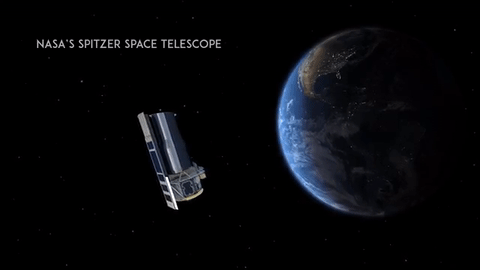
This exoplanet system is called TRAPPIST-1, named for The Transiting Planets and Planetesimals Small Telescope (TRAPPIST) in Chile. In May 2016, researchers using TRAPPIST announced they had discovered three planets in the system.

Assisted by several ground-based telescopes, Spitzer confirmed the existence of two of these planets and discovered five additional ones, increasing the number of known planets in the system to seven.
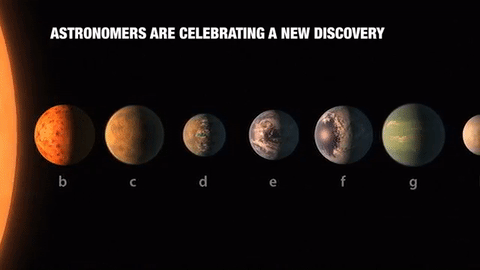
This is the FIRST time three terrestrial planets have been found in the habitable zone of a star, and this is the FIRST time we have been able to measure both the masses and the radius for habitable zone Earth-sized planets.
All of these seven planets could have liquid water, key to life as we know it, under the right atmospheric conditions, but the chances are highest with the three in the habitable zone.

At about 40 light-years (235 trillion miles) from Earth, the system of planets is relatively close to us, in the constellation Aquarius. Because they are located outside of our solar system, these planets are scientifically known as exoplanets. To clarify, exoplanets are planets outside our solar system that orbit a sun-like star.

In this animation, you can see the planets orbiting the star, with the green area representing the famous habitable zone, defined as the range of distance to the star for which an Earth-like planet is the most likely to harbor abundant liquid water on its surface. Planets e, f and g fall in the habitable zone of the star.
Using Spitzer data, the team precisely measured the sizes of the seven planets and developed first estimates of the masses of six of them. The mass of the seventh and farthest exoplanet has not yet been estimated.

For comparison…if our sun was the size of a basketball, the TRAPPIST-1 star would be the size of a golf ball.
Based on their densities, all of the TRAPPIST-1 planets are likely to be rocky. Further observations will not only help determine whether they are rich in water, but also possibly reveal whether any could have liquid water on their surfaces.
The sun at the center of this system is classified as an ultra-cool dwarf and is so cool that liquid water could survive on planets orbiting very close to it, closer than is possible on planets in our solar system. All seven of the TRAPPIST-1 planetary orbits are closer to their host star than Mercury is to our sun.

The planets also are very close to each other. How close? Well, if a person was standing on one of the planet’s surface, they could gaze up and potentially see geological features or clouds of neighboring worlds, which would sometimes appear larger than the moon in Earth’s sky.

The planets may also be tidally-locked to their star, which means the same side of the planet is always facing the star, therefore each side is either perpetual day or night. This could mean they have weather patterns totally unlike those on Earth, such as strong wind blowing from the day side to the night side, and extreme temperature changes.

Because most TRAPPIST-1 planets are likely to be rocky, and they are very close to one another, scientists view the Galilean moons of Jupiter – lo, Europa, Callisto, Ganymede – as good comparisons in our solar system. All of these moons are also tidally locked to Jupiter. The TRAPPIST-1 star is only slightly wider than Jupiter, yet much warmer.
How Did the Spitzer Space Telescope Detect this System?
Spitzer, an infrared telescope that trails Earth as it orbits the sun, was well-suited for studying TRAPPIST-1 because the star glows brightest in infrared light, whose wavelengths are longer than the eye can see. Spitzer is uniquely positioned in its orbit to observe enough crossing (aka transits) of the planets in front of the host star to reveal the complex architecture of the system.

Every time a planet passes by, or transits, a star, it blocks out some light. Spitzer measured the dips in light and based on how big the dip, you can determine the size of the planet. The timing of the transits tells you how long it takes for the planet to orbit the star.

The TRAPPIST-1 system provides one of the best opportunities in the next decade to study the atmospheres around Earth-size planets. Spitzer, Hubble and Kepler will help astronomers plan for follow-up studies using our upcoming James Webb Space Telescope, launching in 2018. With much greater sensitivity, Webb will be able to detect the chemical fingerprints of water, methane, oxygen, ozone and other components of a planet’s atmosphere.
At 40 light-years away, humans won’t be visiting this system in person anytime soon…that said…this poster can help us imagine what it would be like:

Make sure to follow us on Tumblr for your regular dose of space: http://nasa.tumblr.com
Solar System: 10 Things to Know This Week
Pioneer Days
Someone’s got to be first. In space, the first explorers beyond Mars were Pioneers 10 and 11, twin robots who charted the course to the cosmos.

1-Before Voyager

Voyager, with its outer solar system tour and interstellar observations, is often credited as the greatest robotic space mission. But today we remember the plucky Pioneers, the spacecraft that proved Voyager’s epic mission was possible.
2-Where No One Had Gone Before

Forty-five years ago this week, scientists still weren’t sure how hard it would be to navigate the main asteroid belt, a massive field of rocky debris between Mars and Jupiter. Pioneer 10 helped them work that out, emerging from first the first six-month crossing in February 1973. Pioneer 10 logged a few meteoroid hits (fewer than expected) and taught engineers new tricks for navigating farther and farther beyond Earth.
3-Trailblazer No. 2

Pioneer 11 was a backup spacecraft launched in 1973 after Pioneer 10 cleared the asteroid belt. The new mission provided a second close look at Jupiter, the first close-up views of Saturn and also gave Voyager engineers plotting an epic multi-planet tour of the outer planets a chance to practice the art of interplanetary navigation.
4-First to Jupiter

Three-hundred and sixty-three years after humankind first looked at Jupiter through a telescope, Pioneer 10 became the first human-made visitor to the Jovian system in December 1973. The spacecraft spacecraft snapped about 300 photos during a flyby that brought it within 81,000 miles (about 130,000 kilometers) of the giant planet’s cloud tops.
5-Pioneer Family

Pioneer began as a Moon program in the 1950s and evolved into increasingly more complicated spacecraft, including a Pioneer Venus mission that delivered a series of probes to explore deep into the mysterious toxic clouds of Venus. A family portrait (above) showing (from left to right) Pioneers 6-9, 10 and 11 and the Pioneer Venus Orbiter and Multiprobe series. Image date: March 11, 1982.
6-A Pioneer and a Pioneer

Classic rock has Van Halen, we have Van Allen. With credits from Explorer 1 to Pioneer 11, James Van Allen was a rock star in the emerging world of planetary exploration. Van Allen (1914-2006) is credited with the first scientific discovery in outer space and was a fixture in the Pioneer program. Van Allen was a key part of the team from the early attempts to explore the Moon (he’s pictured here with Pioneer 4) to the more evolved science platforms aboard Pioneers 10 and 11.
7-The Farthest…For a While

For more than 25 years, Pioneer 10 was the most distant human-made object, breaking records by crossing the asteroid belt, the orbit of Jupiter and eventually even the orbit of Pluto. Voyager 1, moving even faster, claimed the most distant title in February 1998 and still holds that crown.
8-Last Contact

We last heard from Pioneer 10 on Jan. 23, 2003. Engineers felt its power source was depleted and no further contact should be expected. We tried again in 2006, but had no luck. The last transmission from Pioneer 11 was received in September 1995. Both missions were planned to last about two years.
9-Galactic Ghost Ships

Pioneers 10 and 11 are two of five spacecraft with sufficient velocity to escape our solar system and travel into interstellar space. The other three—Voyagers 1 and 2 and New Horizons—are still actively talking to Earth. The twin Pioneers are now silent. Pioneer 10 is heading generally for the red star Aldebaran, which forms the eye of Taurus (The Bull). It will take Pioneer over 2 million years to reach it. Pioneer 11 is headed toward the constellation of Aquila (The Eagle) and will pass nearby in about 4 million years.
10-The Original Message to the Cosmos

Years before Voyager’s famed Golden Record, Pioneers 10 and 11 carried the original message from Earth to the cosmos. Like Voyager’s record, the Pioneer plaque was the brainchild of Carl Sagan who wanted any alien civilization who might encounter the craft to know who made it and how to contact them. The plaques give our location in the galaxy and depicts a man and woman drawn in relation to the spacecraft.
Read the full version of this week’s 10 Things article HERE.
Make sure to follow us on Tumblr for your regular dose of space: http://nasa.tumblr.com.

The Wichita Daily Eagle, Kansas, September 1, 1909
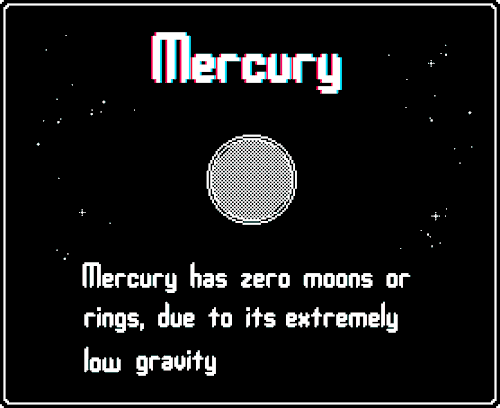
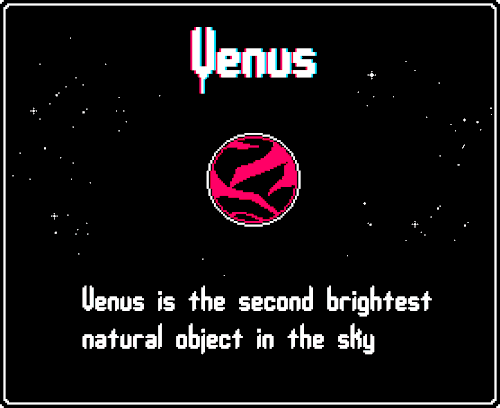
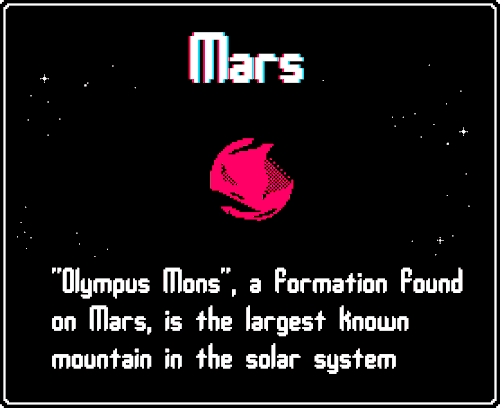
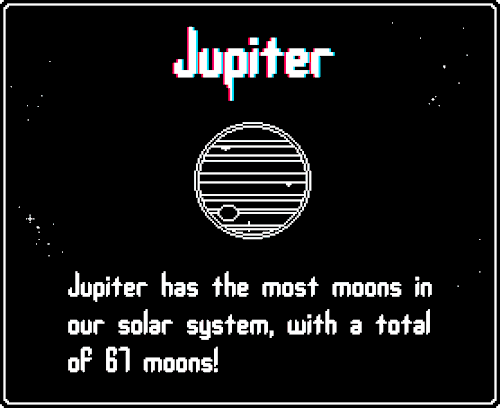
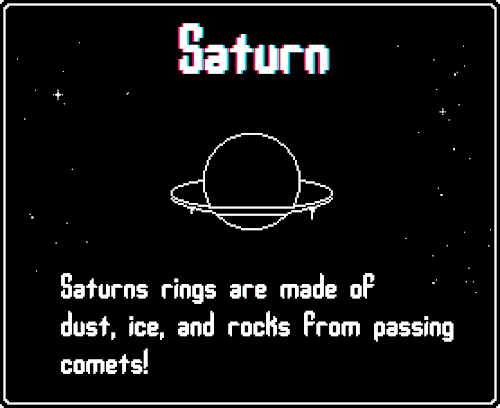
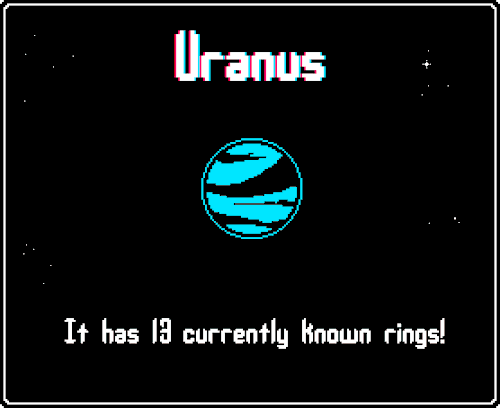
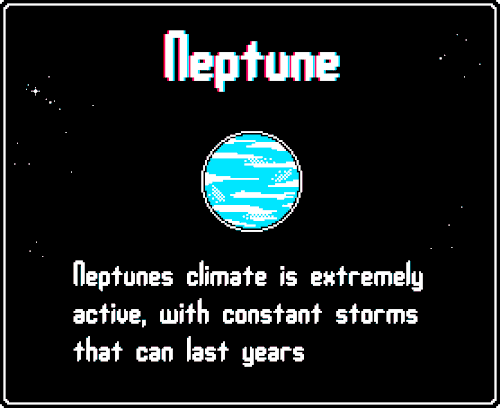
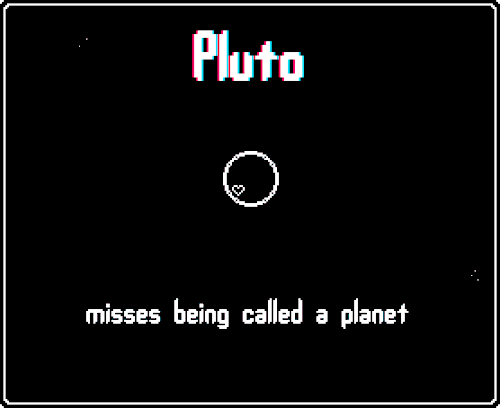
a gifset of planet facts because i rlly love space!!
//please dont remove caption!






“One cannot understand the full effect of the inspiration just by simply looking at a photograph. You can only discover the genuine pleasure and intricacy that exist by being there and witnessing it with your own eyes.”
— 「최승현」Choi Seunghyun, Men’s Uno Malaysia 2016
-
 mh-me-lhsmoneis6 reblogged this · 1 week ago
mh-me-lhsmoneis6 reblogged this · 1 week ago -
 evelsshit reblogged this · 1 week ago
evelsshit reblogged this · 1 week ago -
 evelsshit liked this · 1 week ago
evelsshit liked this · 1 week ago -
 moreamoreee reblogged this · 1 week ago
moreamoreee reblogged this · 1 week ago -
 dreamer2049 liked this · 1 week ago
dreamer2049 liked this · 1 week ago -
 pyaari-naari liked this · 1 week ago
pyaari-naari liked this · 1 week ago -
 werewolff reblogged this · 1 week ago
werewolff reblogged this · 1 week ago -
 werewolff liked this · 1 week ago
werewolff liked this · 1 week ago -
 imjustaprettyyprincess liked this · 1 week ago
imjustaprettyyprincess liked this · 1 week ago -
 tatianad liked this · 1 week ago
tatianad liked this · 1 week ago -
 undertheinfluencex1 reblogged this · 1 week ago
undertheinfluencex1 reblogged this · 1 week ago -
 undertheinfluencex1 liked this · 1 week ago
undertheinfluencex1 liked this · 1 week ago -
 hezeyanlarrr liked this · 1 week ago
hezeyanlarrr liked this · 1 week ago -
 wordx liked this · 1 week ago
wordx liked this · 1 week ago -
 cigarettesaaftersex reblogged this · 1 week ago
cigarettesaaftersex reblogged this · 1 week ago -
 roua-poemului liked this · 1 week ago
roua-poemului liked this · 1 week ago -
 gothluv liked this · 1 week ago
gothluv liked this · 1 week ago -
 cigarettestaftersexxx reblogged this · 1 week ago
cigarettestaftersexxx reblogged this · 1 week ago -
 poetintheparkinglot reblogged this · 1 week ago
poetintheparkinglot reblogged this · 1 week ago -
 pugcornnnn liked this · 1 week ago
pugcornnnn liked this · 1 week ago -
 percuma reblogged this · 1 week ago
percuma reblogged this · 1 week ago -
 pulsiert reblogged this · 1 week ago
pulsiert reblogged this · 1 week ago -
 paradoxxalmente reblogged this · 1 week ago
paradoxxalmente reblogged this · 1 week ago -
 paradoxxalmente liked this · 1 week ago
paradoxxalmente liked this · 1 week ago -
 killvmoi reblogged this · 1 week ago
killvmoi reblogged this · 1 week ago -
 killvmoi liked this · 1 week ago
killvmoi liked this · 1 week ago -
 dimmedlightsbrightideas reblogged this · 1 week ago
dimmedlightsbrightideas reblogged this · 1 week ago -
 lass0 liked this · 1 week ago
lass0 liked this · 1 week ago -
 fentanyl-girl liked this · 1 week ago
fentanyl-girl liked this · 1 week ago -
 mesonoxian-maxx liked this · 1 week ago
mesonoxian-maxx liked this · 1 week ago -
 al-m-o-s-t reblogged this · 1 week ago
al-m-o-s-t reblogged this · 1 week ago -
 aerilayasiorra liked this · 1 week ago
aerilayasiorra liked this · 1 week ago -
 gaytransmalefeedist417 liked this · 1 week ago
gaytransmalefeedist417 liked this · 1 week ago -
 tequila-daisies liked this · 1 week ago
tequila-daisies liked this · 1 week ago -
 diddyshin liked this · 1 week ago
diddyshin liked this · 1 week ago -
 moon-light-dreaming reblogged this · 1 week ago
moon-light-dreaming reblogged this · 1 week ago -
 lurking-in-the-shadow reblogged this · 1 week ago
lurking-in-the-shadow reblogged this · 1 week ago -
 lurking-in-the-shadow liked this · 1 week ago
lurking-in-the-shadow liked this · 1 week ago -
 itsm00nlite reblogged this · 1 week ago
itsm00nlite reblogged this · 1 week ago -
 d3v1l4ng3l reblogged this · 1 week ago
d3v1l4ng3l reblogged this · 1 week ago -
 youjustdontunderstandmymusic liked this · 1 week ago
youjustdontunderstandmymusic liked this · 1 week ago -
 xem29 reblogged this · 1 week ago
xem29 reblogged this · 1 week ago -
 about-you75 reblogged this · 1 week ago
about-you75 reblogged this · 1 week ago -
 anna22ya6 liked this · 6 months ago
anna22ya6 liked this · 6 months ago -
 0blackpearl0 liked this · 8 months ago
0blackpearl0 liked this · 8 months ago -
 hauntedemptymind reblogged this · 1 year ago
hauntedemptymind reblogged this · 1 year ago
"Hope is like the sun. If you only believe it when you see it, you'll never make it through the night." -Princess Leia
286 posts

